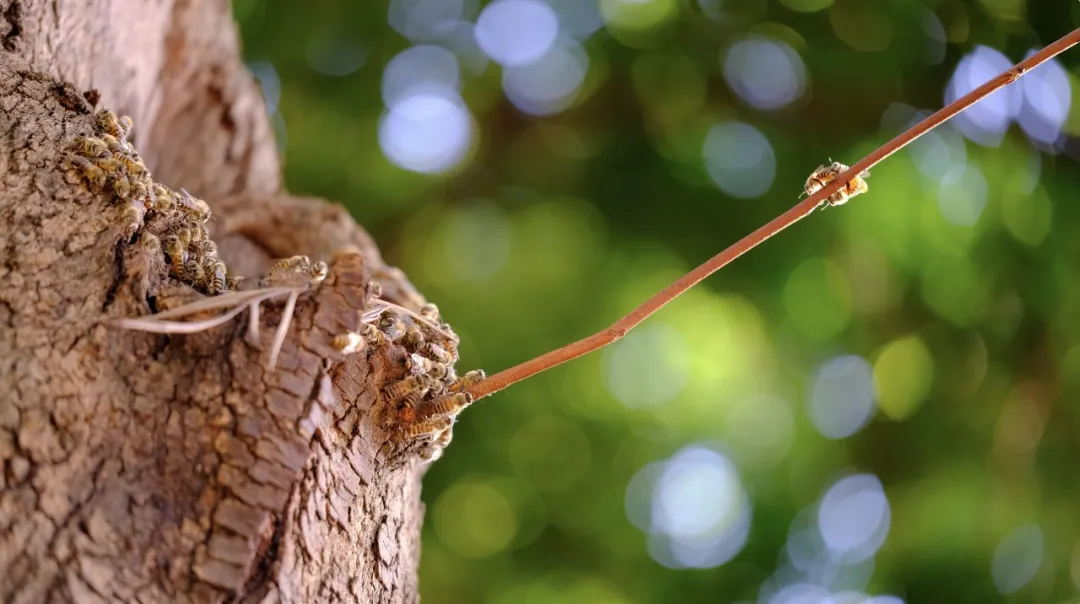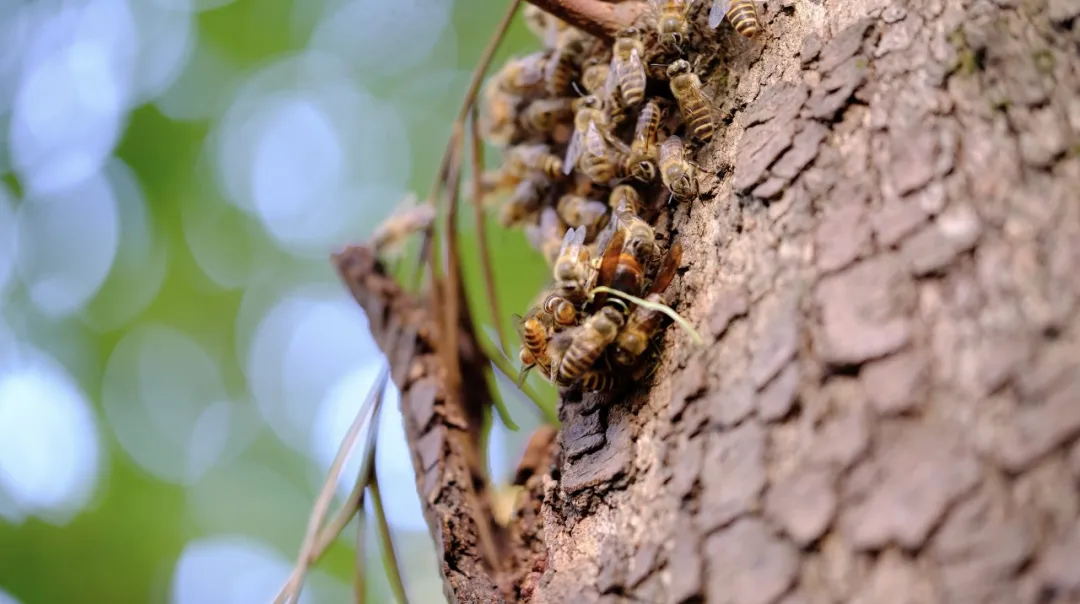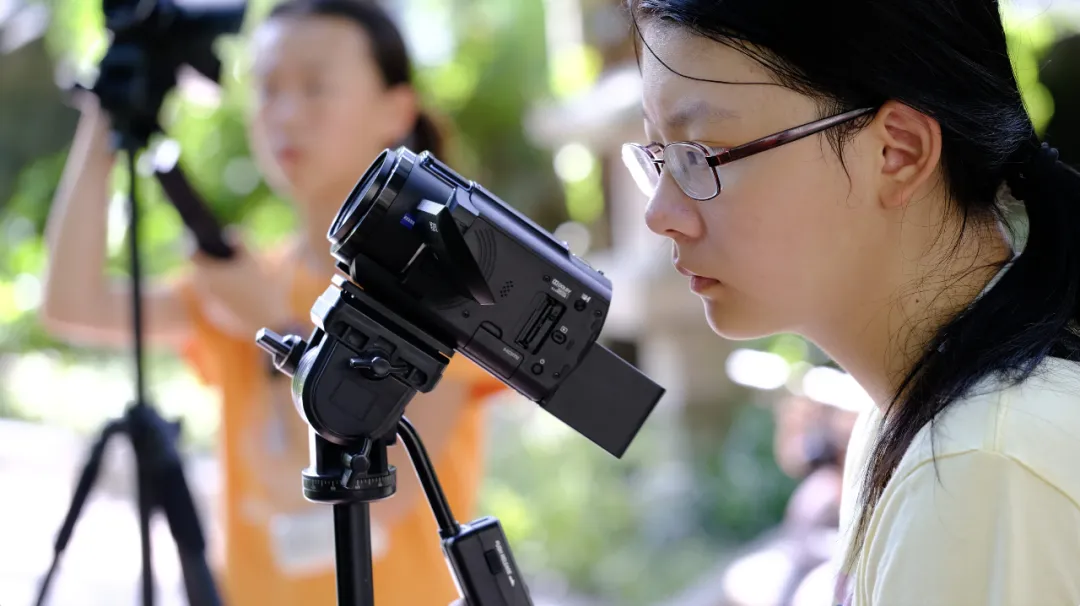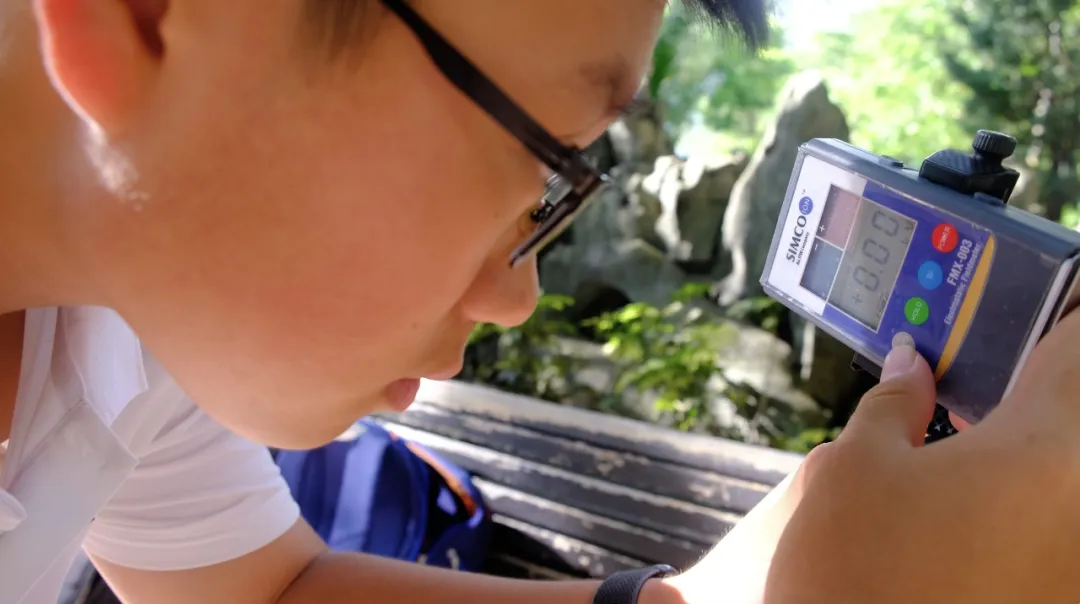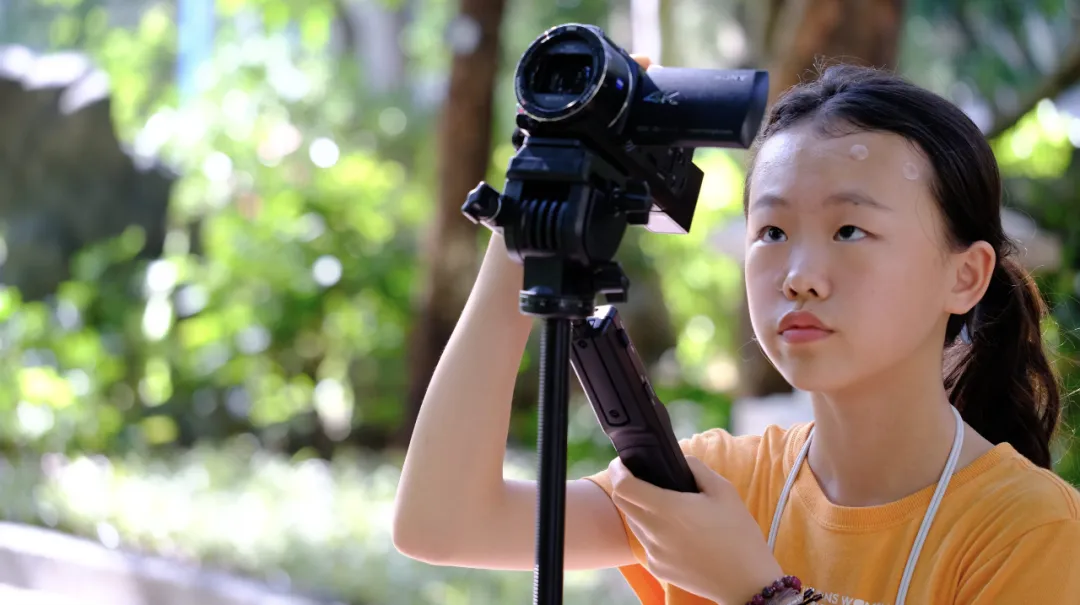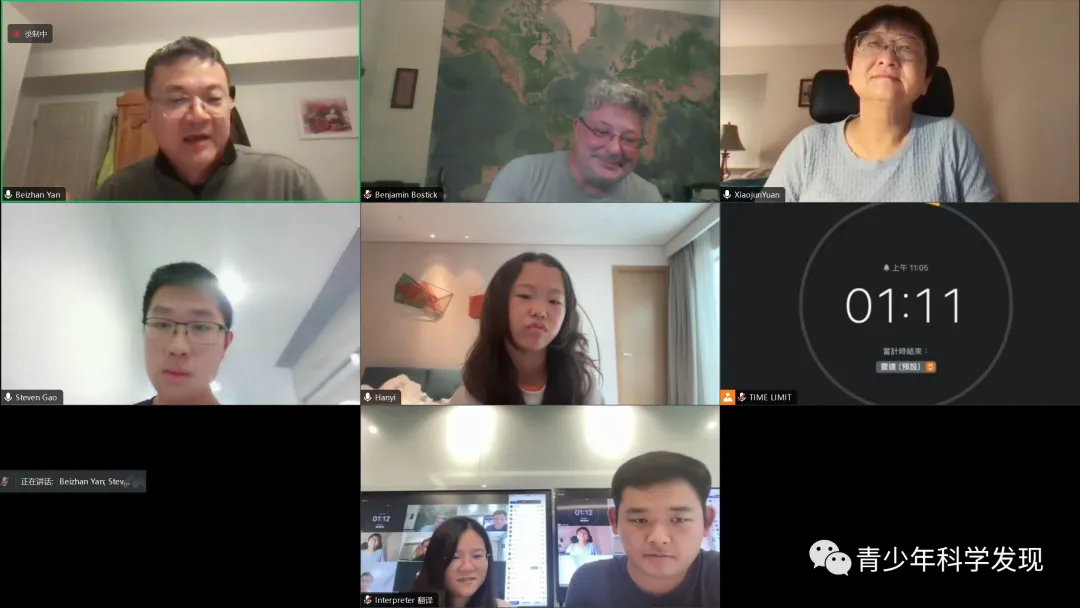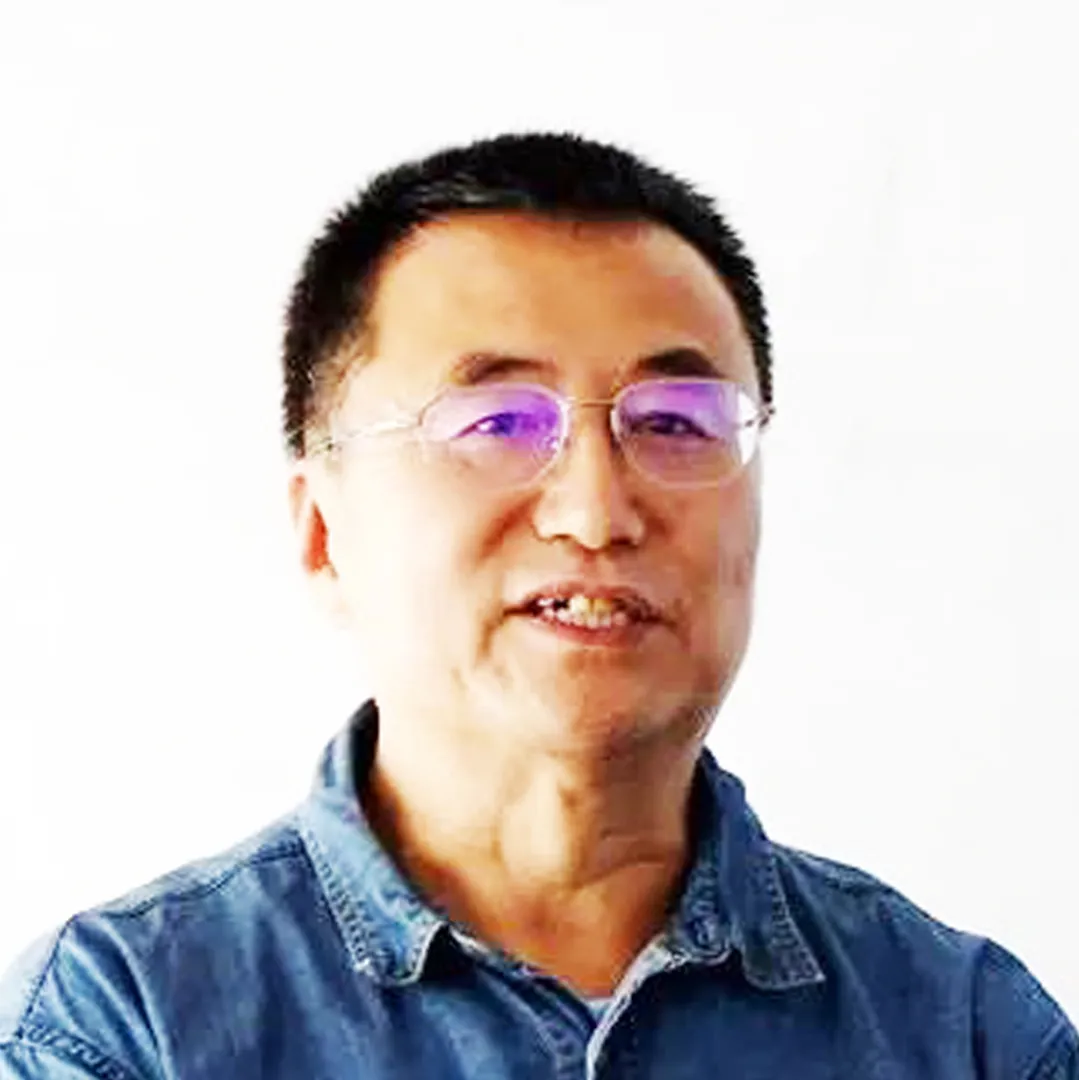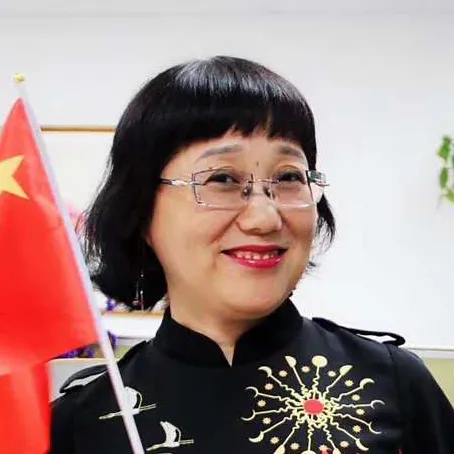获奖作品赏析
Award-winning Videos
中华蜜蜂的反杀行为与策略研究
I CAN SEE YOU:The Anti-killing Behaviors and Strategy of Apis cerana towards Vespa velutina
作品简介:
作品名称:
中华蜜蜂的反杀行为与策略研究
I CAN SEE YOU:The Anti-killing Behaviors and Strategy of Apis cerana towards Vespa velutina (点击观看完整作品)
作者:
周涵迤 Hanyi Zhou
施易安 Angela Shi
高承析 Steven Chengxi Gao
林山山 Sandra Lin
学校:
中国香港汉基国际学校 Chinese International School,Hong Kong China
中国香港德瑞国际学校 German Swiss International School,Hong Kong,China
中国香港哈罗国际学校 Harrow International School Hong Kong,China
辅导教师:
范承国 Chengguo Fan
奖项:
2023年10月 香港·纽约国际青少年科学发现影像大赛 “HMA”最佳科学微电影奖、科学微电影优秀作品一等奖
2024年10月 第十四届全国青少年科学影像节科学探究纪录片“科学万花筒”科学探究之星、新华国际视野新星、科技教育传播新星
作品名称:
中华蜜蜂的反杀行为与策略研究
I CAN SEE YOU:The Anti-killing Behaviors and Strategy of Apis cerana towards Vespa velutina (点击观看完整作品)
作者:
周涵迤 Hanyi Zhou
施易安 Angela Shi
高承析 Steven Chengxi Gao
林山山 Sandra Lin
学校:
中国香港汉基国际学校 Chinese International School,Hong Kong China
中国香港德瑞国际学校 German Swiss International School,Hong Kong,China
中国香港哈罗国际学校 Harrow International School Hong Kong,China
辅导教师:
范承国 Chengguo Fan
奖项:
2023年10月 香港·纽约国际青少年科学发现影像大赛 “HMA”最佳科学微电影奖、科学微电影优秀作品一等奖
2024年10月 第十四届全国青少年科学影像节科学探究纪录片“科学万花筒”科学探究之星、新华国际视野新星、科技教育传播新星
